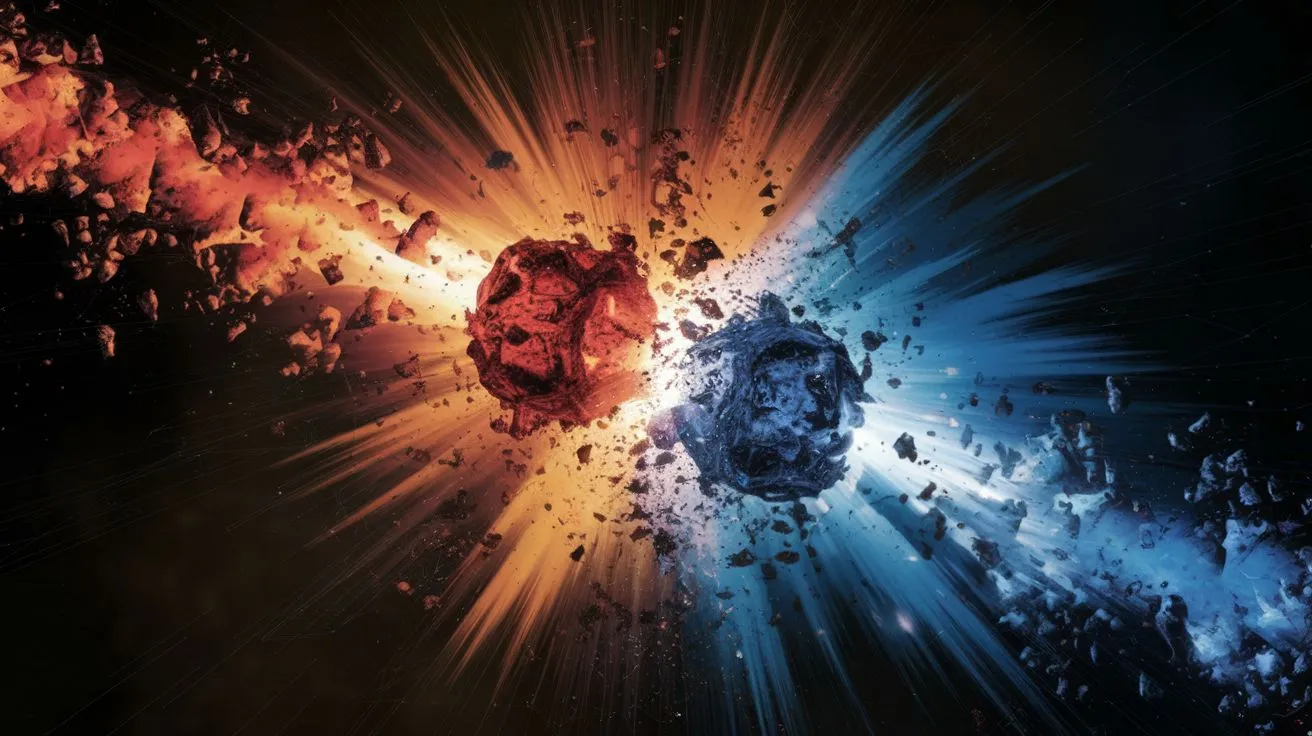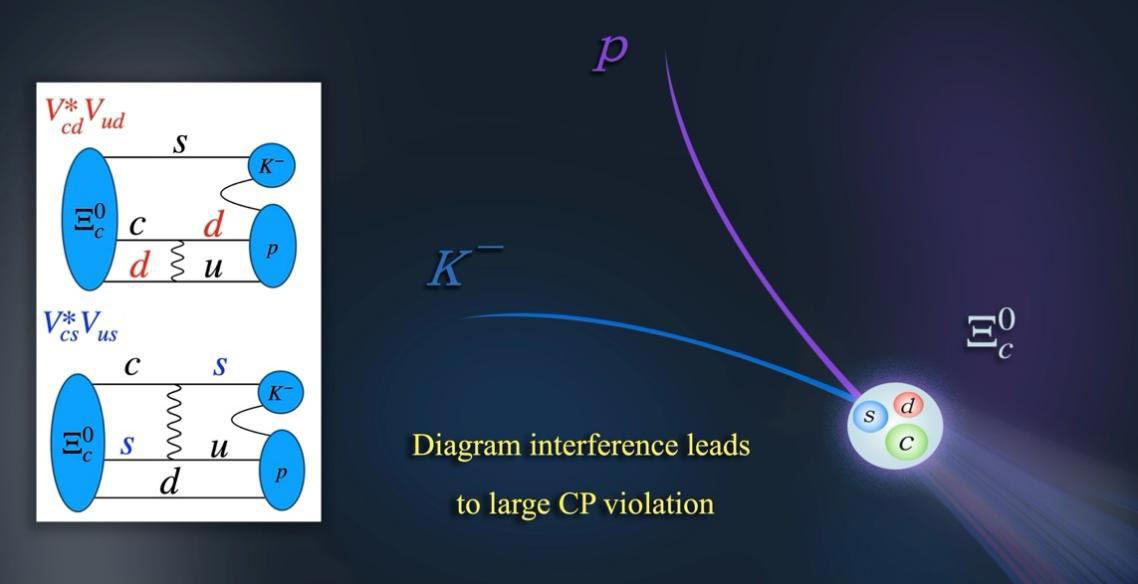Follow us on Google News (click on ☆)

A new theoretical study conducted by researchers at the Tsung-Dao Lee Institute in China puts forward a surprising hypothesis. Some highly unstable particles, called charmed baryons, could behave slightly differently from their "mirror" antimatter versions when they decay. This small discrepancy could, on a large scale, have favored matter in the Universe.
The researchers used advanced mathematical tools to simulate this behavior. Their result? The difference between matter and antimatter could be up to ten times stronger than previously thought in these cases. This opens new avenues for explaining why matter survived after the Big Bang.
A phenomenon called final-state re-scattering would play an important role. This involves a series of small interactions that occur after a particle decays, which can slightly alter the final outcome. These secondary effects could be enough to create an imbalance.
Current experiments in laboratories like LHCb at CERN or Belle II in Japan could already measure this phenomenon. A future accelerator in China, the Super Tau-Charm Facility, will allow researchers to go even further.

These diagrams show how these particles could favor matter during their decay.
Credit: Science China Press
What is "symmetry violation"?
Normally, matter and antimatter should behave identically, as if one were the mirror image of the other. But in some rare cases, this isn't entirely true: the laws of physics are slightly biased in favor of matter.
This phenomenon is called CP symmetry violation, and it is essential for understanding why we exist. Without it, everything would have been destroyed by matter-antimatter annihilation, and the Universe would be empty of objects.
And what is this "final-state re-scattering"?
When a particle decays, the resulting fragments can briefly interact with each other before moving apart. These last-minute exchanges can subtly alter the outcome.
In this study, these secondary interactions could strengthen the preference for matter, thus helping to explain the imbalance observed today.